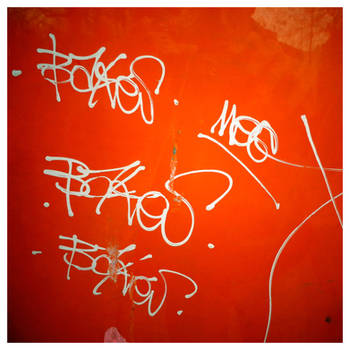herself by how he or she “poses”, by the attitude of his or her body language or facial expression.
If the subject is posed by the photographer, the body pulled and prodded into the desired angles,
the facial expression “directed”, it is the photographer who is intending to communicate a message.
In either case, posing or posed, there is undeniably something “false” in the representation. Perhaps
the only “true” thing being represented in this art is a record of how people being photographed or
people photographing other people misrepresent reality for whatever their reasons. Perhaps it’s human
to always want to show a life that’s a little prettier, happier, better.
Street Photography takes direct aim at this “falseness” by taking the camera into the streets to record “true”
documentary moments in life. The subjects are usually unaware as they go about their lives, having no time to strike
a pose to enhance or send a particular message about those lives. There are surely flaws in this simple theory of what
is “truthful” and therefore worthy of possibly being designated “art” as opposed to what is obvious artifice (posings)
which make the “art” designation more problematic. Certainly there is brilliant artistic photographic portraiture, but
is the art more in the skill in lights and shadows and operating the camera and other equipment itself – vs “capturing”
the soul of the subject?
Of course even in “the street” there’s the kids smiling for Dad’s lens in the backyard pool, and what could be more
posed than a celebrity red carpet event? But “real” street photography is all about the capture of unscripted, un-posed
moments from human being’s lives where and when a little bit of their true selves is exposed “naked” for just a moment,
and a true documentary of a true event in human history, comic or ironic, heartwarming or horrifying, is recorded for all eternity.
is not mere artifice, and that there are “real people” out there amongst all those “actors”, real people just living their lives.
- Does the act of posing subjects for photographic composition, to your mind, in any way compromise or lessen the value of the photo as “art”?
- Do you prefer posed or “candid” photographs of your pop heroes? Are paparazzi ever “artists” or is their “art” too assaultive to merit such consideration?
- Do you think photography best captures the representational “essence” of a person photographed, or is a person’s essence best represented by a sketch artist or great painter? (Or even a poet?)
- The Heisenberg Uncertainty Principle tells us that by observing a subject, we change it in that moment, therefore “negating” or “falsifying” any representation we seek to “capture” or “know”. Is art, to your mind, about achieving the closest possible representation of the “truth” about a subject – or is it more about the artist’s desire to capture just for a moment the eternally unknowable?
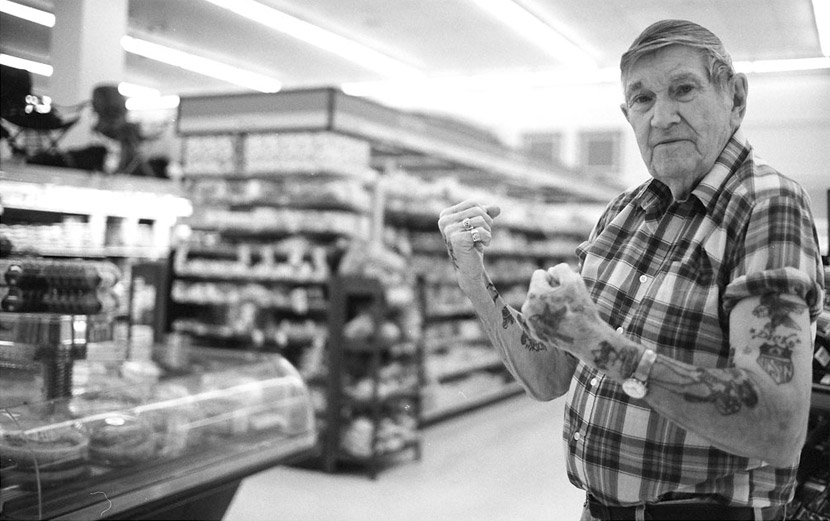
 →
→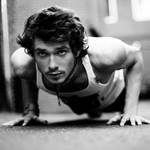


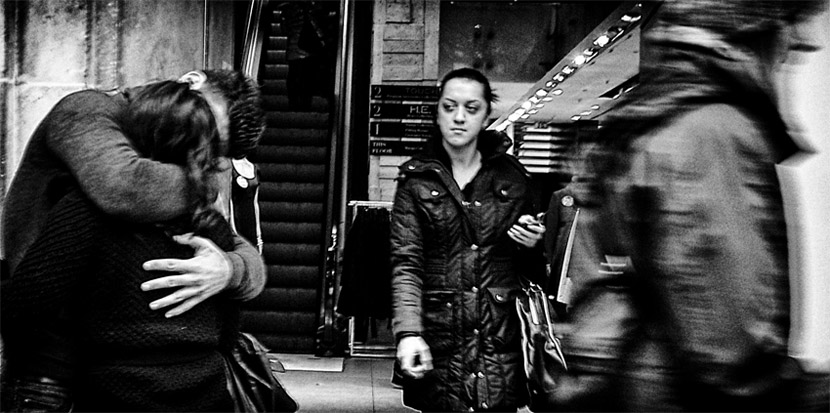 →
→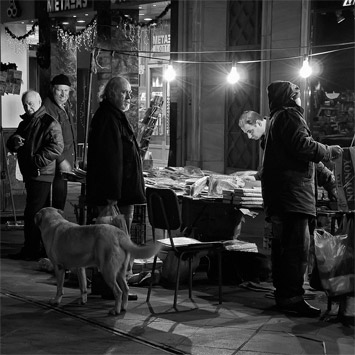 →
→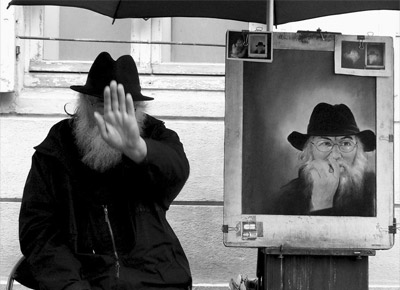 →
→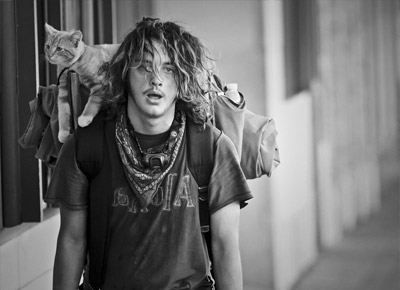 →
→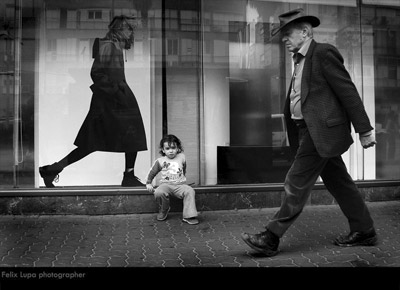 →
→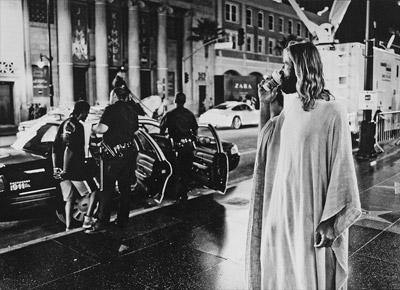 →
→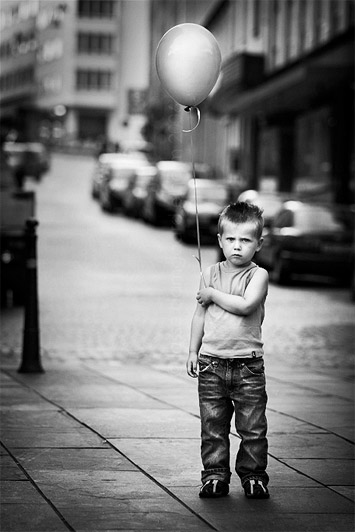 →
→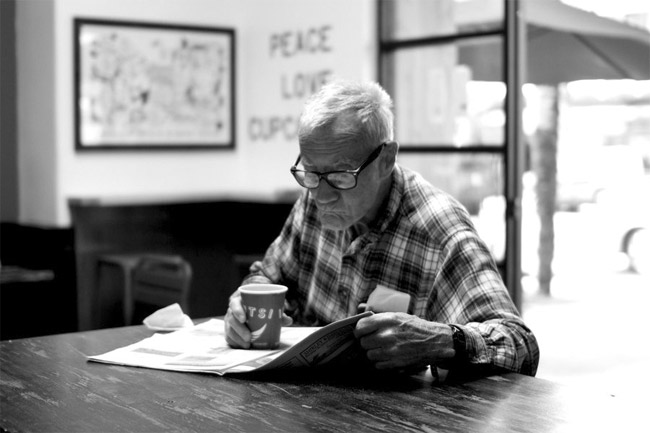 →
→